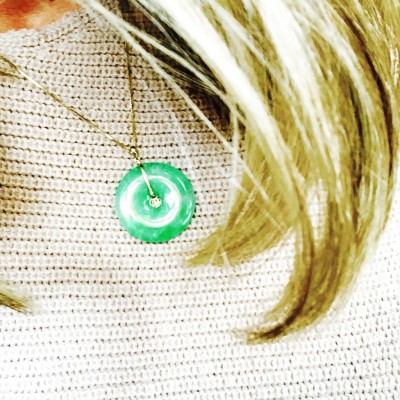Why You or Your Child May Need a Good Cry

“Your intellect may be confused, but your emotions will never lie to you.” Roger Ebert
As a child every time I cried I was told to stop. My parents told me whatever I was crying over wasn’t worth it. As a result of such parental constraint I held back my tears for most of my young life. Then, when I finally left home for college, I found myself crying for long periods of time over issues that were big and small. Not being able to cry when I was young made me hold on to the past and resent myself when I felt tears coming on. I trained myself to never get emotional, to be stoic because crying was a sign of weakness.
If you let the air build up in a pressurized bottle it eventually bursts. What parent wants that for their child? My children are very efficient criers — They do it well and often. At times I feel that they’re making up for all those years of crying I missed out on.
It’s natural for parents to not want their child to cry. Crying today is still seen as a form of weakness. However, crying serves many positives functions in early childhood and beyond. Crying is a way of communicating emotional distress as well as heightened happiness. Letting your child cry is okay and healthy. Babies cry because it’s their basic form of communication. Preschoolers cry because they don’t have the ability to tell us exactly what they’re feeling emotionally. After a good cry it puts us in a better state to talk about what we’re feeling. Love and support your crying child, spouse or friend even when you think what they’re crying about may seem silly or not that important.
As children get older they eventually learn to express many of their feelings without tears. However, if they’re not permitted to cry when they’re young they lose a golden opportunity to explore and master their internal world. Mastering your emotions enhances social intelligence. Children will continue to shed tears for the rest of their lives when in physical and emotional pain – so prepare them to accept tears as healthy and normal. Teach your child to move through life’s tough moments with strength and confidence – which at times may include a good cry.



